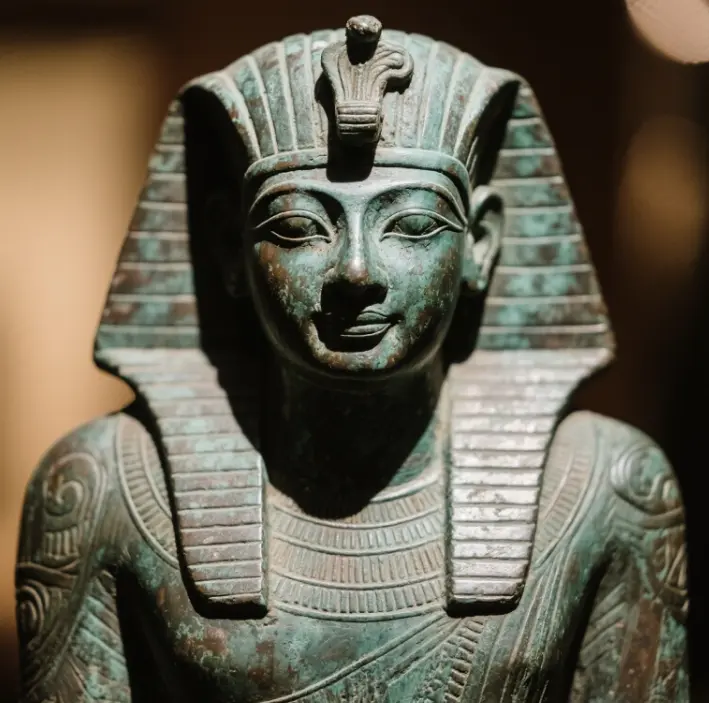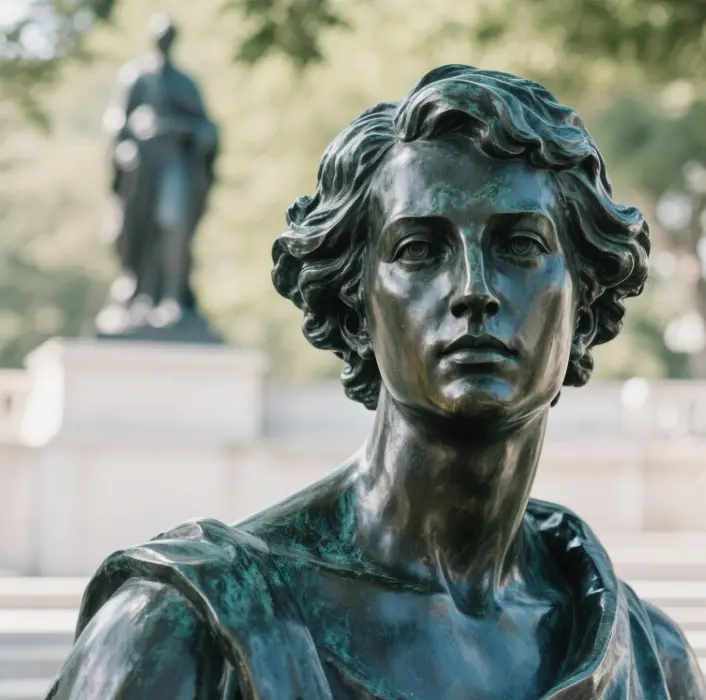As an ancient and elegant art form, bronze sculpture is widely collected and appreciated worldwide. As an important part of the global art market, the United States deserves an in-depth study of the price composition, influencing factors and market dynamics of its bronze sculptures. This report will systematically explore the price of bronze sculpture in the United States, including price influencing factors, calculation methods, market trends and price ranges of different types of bronze sculpture, providing readers with a comprehensive and in-depth analysis.
American Bronze Sculpture Price Influencing Factors
Material and Craftsmanship Factors
Material Purity: the composition and purity of bronze directly affects the price. Generally speaking, the higher the purity of the bronze pipe, the higher the price. Different types of bronze alloys (such as phosphor bronze, silicon bronze, etc.) will also lead to price differences.
Specification size: the specification size of the bronze sculpture is an important factor affecting the price. Generally speaking, the larger and longer the size of the bronze sculpture, the higher the price. For example, the largest bronze sculpture in the United States, “Horse and Dragon” is 33 meters high and 64 meters long, is produced and installed by Shanxi Yuda Group, the project has created a new record of China’s art casting exports.
Production process: the complexity of the production process of bronze sculpture directly affect the price. Common bronze sculpture production methods include lost wax method and mold method. Lost wax method with wax made of mold, outside the external material, into a whole casting; mold law is more widely used, large bronze sculpture is usually cast through the fire pieces.
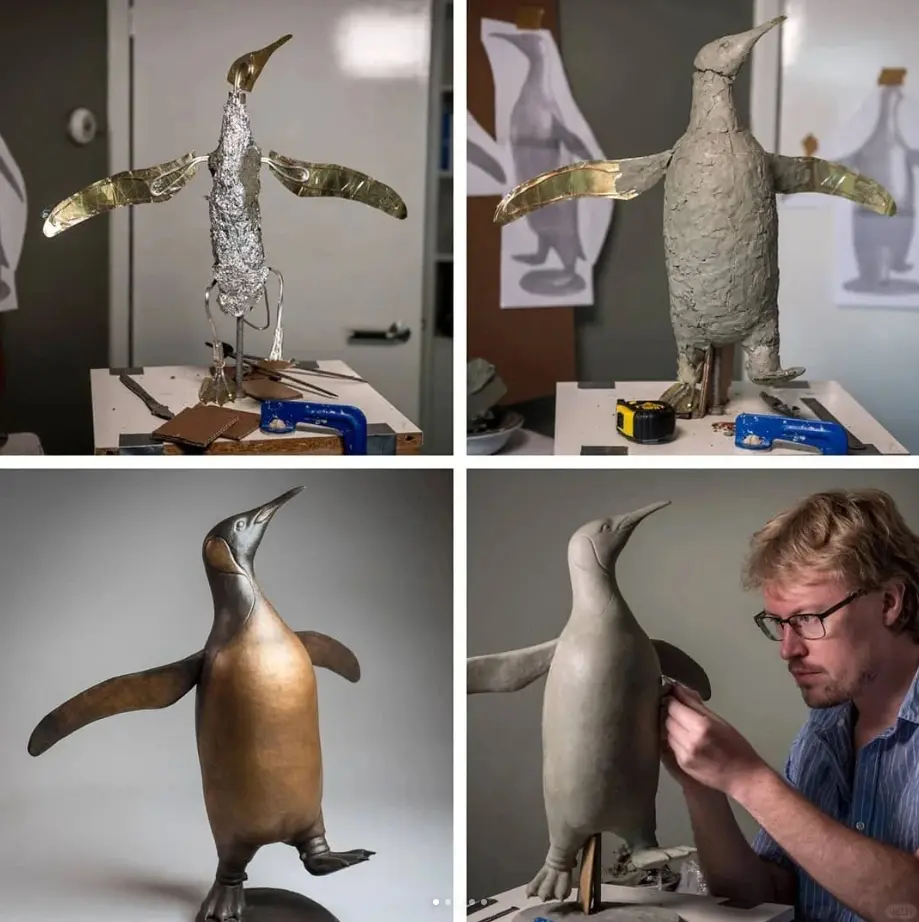
Art and Market Factors
Artist’s fame: the artist’s popularity and influence is an important factor in determining the price of bronze sculpture. The market price of the sculpture from the hand of the master sculptor is not low, but even if the price is expensive, there are still many people who buy the sculpture.
Artistic value: the artistic value of bronze sculpture is also one of the main factors affecting the market price. The works of famous sculptors such as Anthony Smith usually have higher artistic value, so the price is higher accordingly. [93] Historical value: The works of famous sculptors such as Anthony Smith usually have higher artistic value, so the price is higher accordingly.
Historical value: Bronze sculptures with historical background and heritage are usually worth more. For example, in the auction market, the price of bronzes with a clear provenance and history of transmission is much higher than that of ordinary works.
Market demand: The market price of a work of art depends largely on its aesthetic value, but ultimately its price is determined by the behavior of the transaction, and changes with the economy, geography, the source market, the artist and many other factors.
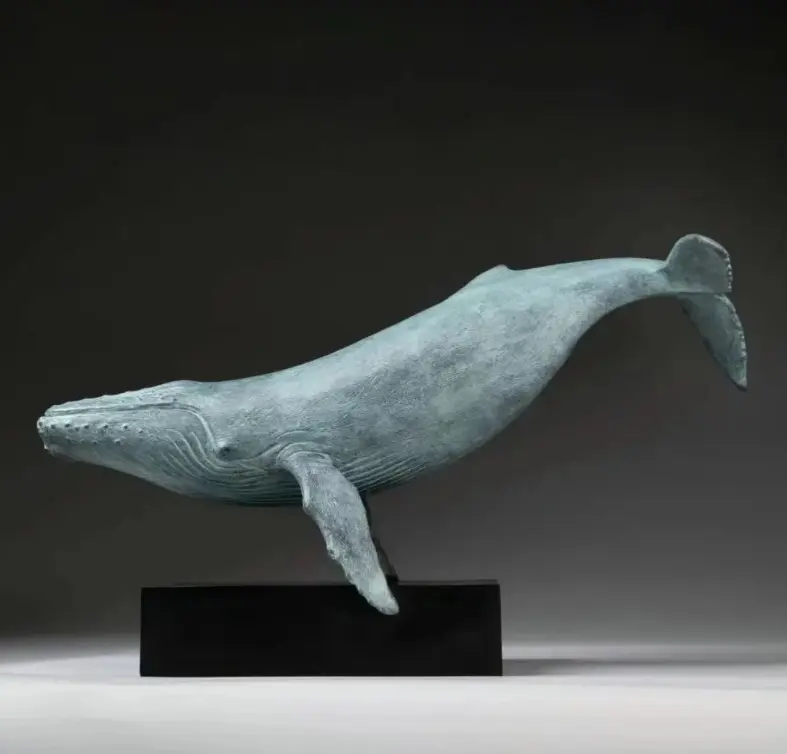
The price range of bronze sculpture in the United States
Prices on the auction market
Ancient Chinese bronzes in the American auction market: a Ming dynasty bronze standing statue of Gautama sold for $305,000 in the March 2016 sale of Chinese Works of Art at Bonhams in New York. A bronze statue of Gautama from the Ming dynasty sold for $305,000 at Bonhams’ March 2016 “Chinese Works of Art” sale. A statue of Ananda from the same family’s collection sold for $845,000 at Sotheby’s in September 2014 for lot 430.
Bronze sculptures by Western artists: a late Shang bronze jug sold for $529,000 at Christie’s New York.
Bronze sculpture by a Contemporary artist: Barbara Hepworth’s bronze sculpture The House of Man: Ancestors II (1970) sold for $32.8 million at Christie’s New York. Willem de Kooning’s bronze sculpture Seated Woman (1969-1981) is also of unique artistic value.
The price of custom bronze sculpture
Custom Portrait Sculpture: the price of custom portrait sculpture varies greatly, the market for custom portrait sculpture of ultra-low price is uneven, a few thousand dollars can be customized a portrait sculpture.
- Bronze Sculpture Price: The calculation of the price of bronze sculpture is mainly based on the following factors:
- The degree of thinness and thickness of the copper material
The artistic value of the sculpture
Gold-plastered or gilt process (gilt price is higher than the gold-plastered)
Large-scale public art sculpture: the United States of America’s largest bronze sculpture of the “Horse and the Dragon” is 33 meters high and 64 meters long, designed by the European artist - Fuchs, Shanxi Yuda Group to undertake installation and exported to the U.S., the project to create a new record of Chinese Art casting export record.
Retail Market Price
- Small Bronze Sculptures: generally small bronze sculptures have a wide range of prices, ranging from a few hundred dollars to a few thousand dollars, depending on factors such as material, craftsmanship and artist fame.
- Medium-sized bronze sculpture: the price of medium-sized bronze sculpture is usually between tens of thousands of dollars to hundreds of thousands of dollars, these works are usually used for home decoration or small public space.
- Large Bronze Sculpture: the price of large bronze sculpture can range from hundreds of thousands of dollars to millions of dollars, these works are usually used in urban public space, museums or large commercial places.
Price Calculation of American Bronze Sculpture
Material Cost Calculation
- Bronze Material Price: the price of bronze material is the basis for calculating the cost of bronze sculpture. Different types of bronze alloys (such as phosphor bronze, silicon bronze, etc.) have different prices, and the higher the purity, the higher the price.
- Calculation of specifications: the specifications of the bronze sculpture size is an important factor affecting the price. Usually, the larger the volume, the longer the size of the bronze sculpture price is higher.
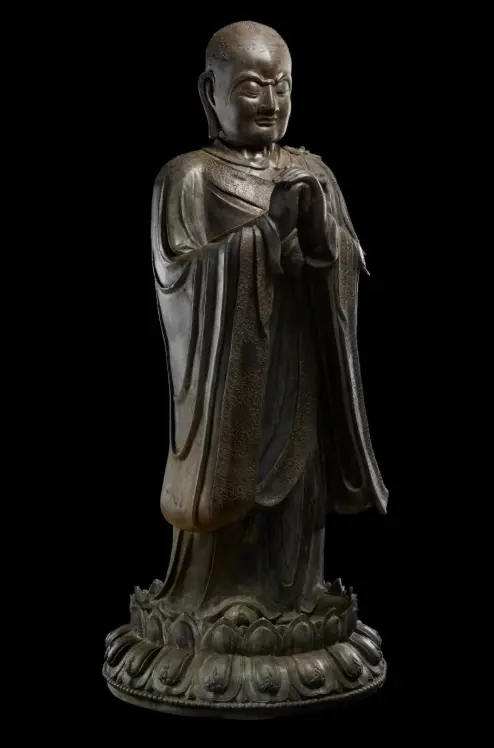
Process costing
Production process complexity: the complexity of the production process of bronze sculpture directly affects the price. Common bronze sculpture production methods include lost wax method and mold method, which lost wax method process is more complex, the cost is also higher.
Surface treatment process: gold and gilt will also affect the price of bronze sculpture production. Many customers in order to sculpture effect is more beautiful, will ask for gold or gilt, its cost is also mainly based on the sculpture area calculation, gilt price is higher than gold.
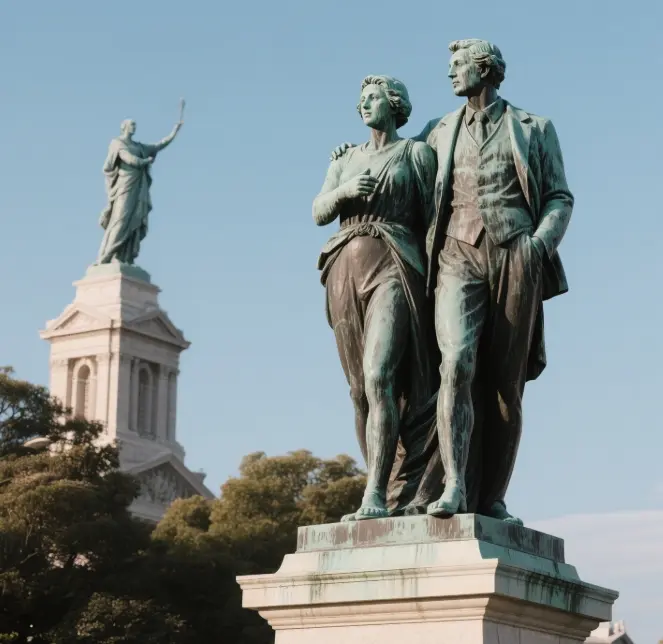
Art Value Pricing
- Artist Fame: the popularity and influence of the artist is an important factor in determining the price of bronze sculpture. The works of famous sculptors are usually priced higher, but the market demand is also greater.
- Artistic innovation: the artistic innovation and uniqueness of the sculpture is also an important factor in pricing. Pieces with unique artistic style and innovation are usually priced higher.
- Historical and Cultural Value: Bronze sculptures with historical background and cultural value usually command higher prices. For example, in the auction market, the price of bronzes with a clear provenance and history of circulation is much higher than ordinary works.
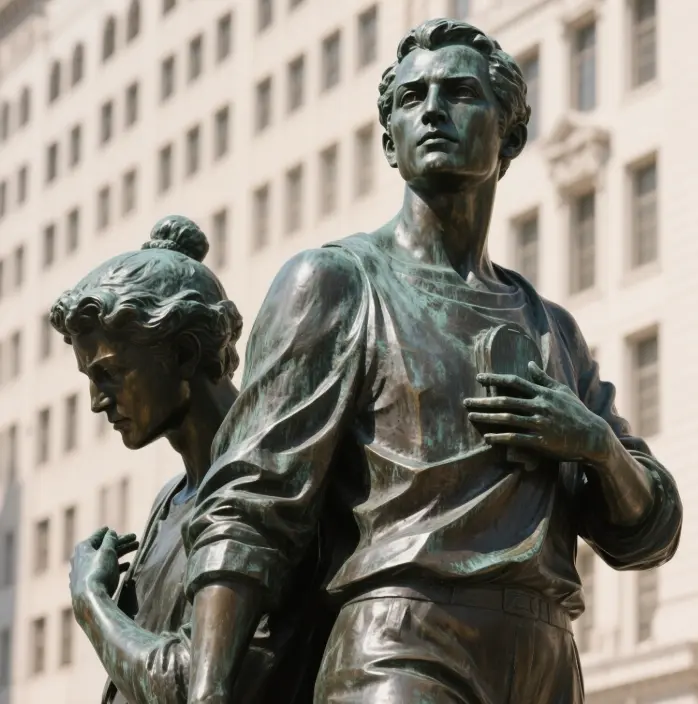
Characteristics of the Bronze Sculpture Market
Market Participants
Auction Houses: Major U.S. auction houses such as Bonhams, Sotheby’s, and Christie’s often organize bronze sculpture auctions, which include both ancient Chinese bronzes and bronze sculptures by Western artists.
Art galleries: Art galleries throughout the United States are also an important sales channel for bronze sculpture, these galleries usually represent the works of well-known sculptors and provide professional art advisory services.
Artist studios: many sculptors have their own studios or galleries and sell their work directly, which usually results in higher profit margins.
Market Trends
The Rise of Contemporary Bronze Sculpture: Contemporary bronze sculpture is becoming increasingly important in the marketplace as contemporary art develops. Innovative works by young artists are receiving increasing attention from collectors.
Influence of Asian art in the US market: Chinese bronzes excelled in the US auction market, such as the bronze standing statue of Gaya from the Ming Dynasty, which sold for $305,000, and the statue of Ananda, which sold for $845,000.
Increased demand for customized bronze sculptures: With the rise of personal customization services, the demand for customized bronze sculptures is also increasing, especially for celebrity portrait sculptures and corporate customized sculptures.
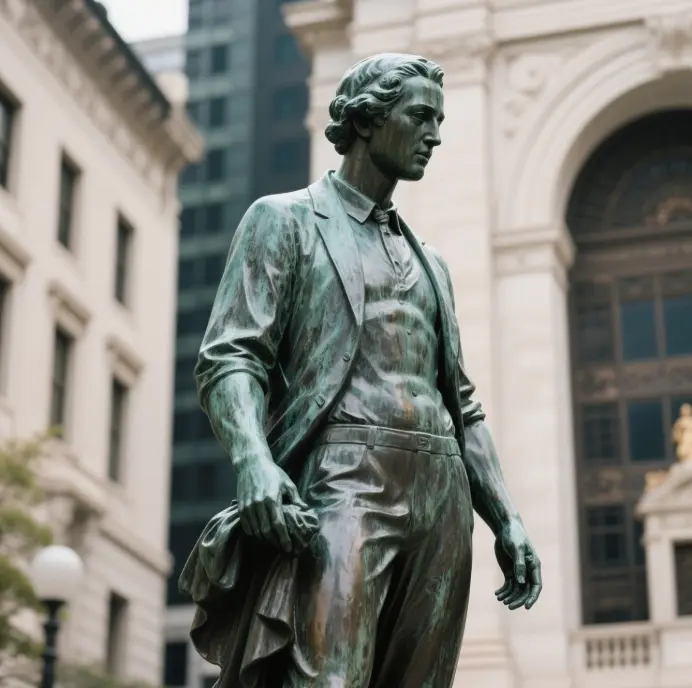
Geographical differences in bronze sculpture prices
Comparison of the New York and Los Angeles markets
- New York market: New York, as the center of the U.S. art trade, has a number of well-known auction houses and art galleries, and the prices of bronze sculptures are usually higher. In the March 2016 sale of Chinese Works of Art by Bonhams in New York, a Ming Dynasty bronze statue of Gaya was sold for $305,000 dollars.[58] The Los Angeles market: bronze sculptures in Los Angeles are usually sold at higher prices.
- Los Angeles: The Los Angeles art market is also quite active, but prices are usually slightly lower than in New York. This is mainly due to the fact that the economic environment and art collecting tradition in Los Angeles is different from that in New York.
The characteristics of the market throughout the United States
- East Coast market: the East Coast region, especially in New York and Boston and other cities, is the main center of the U.S. art trade, bronze sculpture prices are usually higher.
- West Coast market: West Coast region, especially Los Angeles and San Francisco and other cities, the art market is also quite active, but prices are usually slightly lower than the East Coast market.
- Midwest Market: The art market in the Midwest is relatively small, and prices for bronze sculptures are usually lower than in the East and West Coast markets.
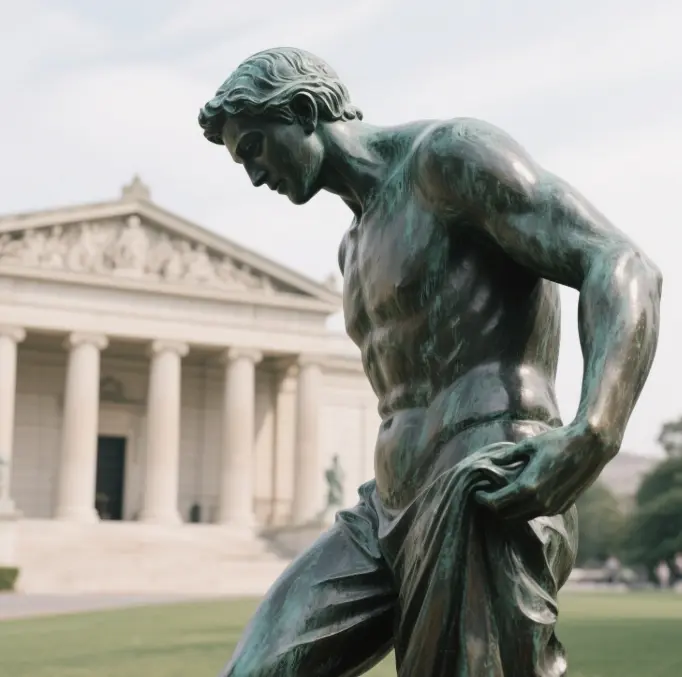
How to determine whether a bronze statue is real bronze
Material Identification
- Component Analysis: Real bronze is made of copper alloyed with other metals such as tin and lead, which can be determined by chemical composition analysis. Pure copper is mainly composed of copper, while bronze contains a certain proportion of tin, lead and other metals.
- Density Test: True bronze has a relatively high density and can be determined by measuring its density. Generally speaking, the density of bronze is about 8.7-8.9 g/cm³, while the density of brass is about 8.5-8.7 g/cm³ and the density of aluminum is about 2.7 g/cm³.
- Hardness Test: True bronze is relatively hard and can be judged by a hardness test. Generally speaking, the hardness of bronze is about 80-90 HB, while the hardness of brass is about 70-80 HB and the hardness of aluminum is about 20-30 HB.
Craft Identification
- Casting Process: Genuine bronze sculpture usually adopts the lost wax method or the mold method of casting, and these processes have their own unique characteristics, which can be judged by observing the surface texture and internal structure of the sculpture.
- Surface treatment: real bronze sculpture usually has special surface treatment process, such as oxidation, coloring, etc. These processes have their unique effects, which can be judged by observing the surface color and luster of the sculpture.
- Feeling of weight: The real bronze sculpture usually feels heavier due to the high density of the material, while the imitation is relatively lighter.
